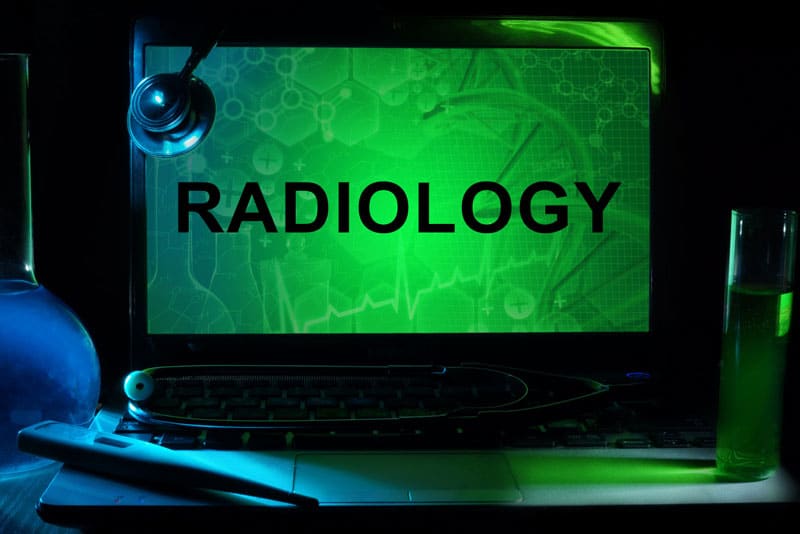
Safe, high quality imaging is crucial for disease diagnosis and medical decision-making. Radiology transcription service providers ensure x-ray, scan and MRI reports in quick turnaround time, which is crucial for speedy diagnosis and proper care. Imaging studies are used to diagnose many diseases. A recent study found that chest x-rays could help in a rapid diagnosis of COVID-19, especially in locations where testing capacity is limited or test results are delayed.
The radiology report is the main means of communication between the radiologist and the ordering physician. Radiology reports are also accessed by specialists such as neurosurgeons, neurologists, or orthopedic surgeons, who require the imaging results of a patient or use them as a reference. With the advent of electronic health records, patients also access their radiology reports. The radiology report is also an important medicolegal document. For all these reasons and more, diagnostic imaging reports must be accurate, detailed, and written in a way that they clearly interpret and communicate the findings.
An article titled “Radiology reporting-from Hemingway to HAL” published in Insights into Imaging in 2018 cited a study that listed the qualities of a good radiology report that will allow for effective communication, as the six Cs:
1. Clear
2. Correct
3. Confidence level (which should be indicated)
4. Concise
5. Complete
6. Consistent
Clarity or clearness means that the radiologist should not use difficult or ambiguous terms. The person reading the report is not a radiologist. Even if the radiology report contains information that is critical to patient care, this information can be helpful only if the reader understands it well. For instance, referring providers will find words like “suggest” or “possible” ambiguous and confusing. Unless the interpretations and conclusions of the radiologist are conveyed clearly, concisely, and unambiguously, the care team cannot make efficient and quick decisions about the patient’s care. In short, the radiologist should convey the point quickly.
A radiology report can be termed correct or accurate only if it provides an error-free identification of relevant findings. Effective image interpretation depends on the skill, diagnostic ability, and knowledge of the interpreting radiologist, which in turn are influenced by the radiologist’s education, training, and experience, according to an article published by RadioGraphics. Even a minor mistake like omitting the word ‘no’ in the report can lead to misinterpretations and affect patient care.
Radiology reports should be concise and brief. Avoiding redundant words and phrases is important as busy clinicians have little time to read radiology reports that are complex and wordy. For example, “review of the scan at bone windows shows no evidence of metastatic disease” is too wordy. “No bone metastases are seen” conveys the same meaning concisely (Style Guidelines for Radiology Reporting: A Manner of Speaking in the American Journal of Roentgenology).
Complete radiology reports contain sufficient detail to allow the interpreter to envisage the critical findings. A complete report is one that accurately identifies the relevant findings, provides an intelligible interpretation of the likely cause of the disease and recommendations on further investigations, if appropriate. Structured radiology reports are found to be more complete than unstructured reports
Uniformity, organization and consistency are key qualities of good radiology reporting. In structured reporting, both basic and disease-specific templates improve consistency. However, one study notes that providing structured reports alone may not be sufficient since primary care physicians prefer “clear indications of the meaning of radiology terminology, likelihood of disease and clinical relevance of findings, including the normal sizes of anatomical structures”, notes the Insights Imaging article.
Finally, radiologists should always fully proofread the report, verify it and review the images being reported before sending it out for transcription. Errors in documentation can be avoided by outsourcing radiology transcription to a reliable medical transcription service provider.


